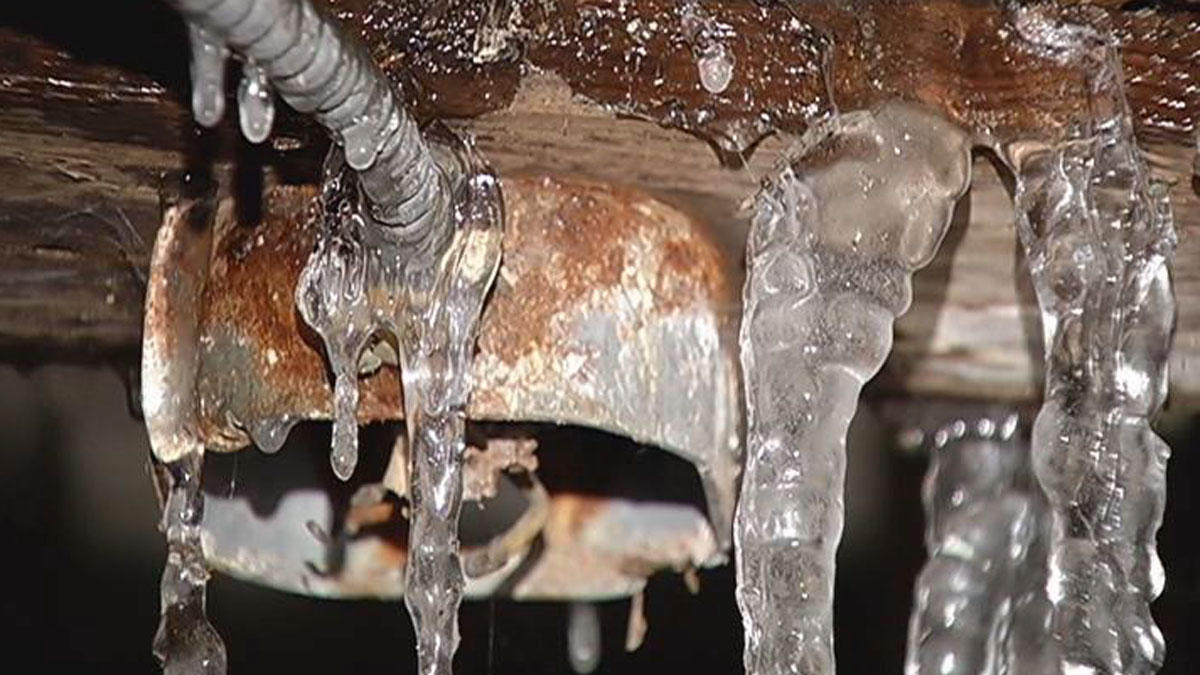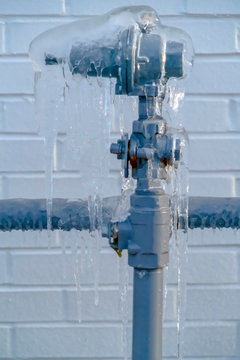Preventing Frozen Pipes: Top Tips for Cold Weather
Preventing Frozen Pipes: Top Tips for Cold Weather
Blog Article
We've encountered this article on Preventing and dealing with frozen pipes below on the net and concluded it made good sense to share it with you on this site.

Cold weather can wreak havoc on your pipes, specifically by freezing pipes. Here's exactly how to stop it from taking place and what to do if it does.
Intro
As temperatures decrease, the risk of frozen pipes rises, potentially bring about costly repair work and water damage. Comprehending how to avoid frozen pipes is essential for homeowners in cold environments.
Prevention Tips
Protecting prone pipes
Cover pipes in insulation sleeves or utilize warm tape to shield them from freezing temperatures. Focus on pipelines in unheated or exterior locations of the home.
Home heating techniques
Keep interior spaces appropriately warmed, particularly areas with plumbing. Open cupboard doors to enable cozy air to flow around pipelines under sinks.
Exactly how to determine icy pipes
Try to find decreased water flow from taps, unusual odors or noises from pipelines, and visible frost on revealed pipes.
Long-Term Solutions
Architectural modifications
Consider rerouting pipelines far from exterior wall surfaces or unheated areas. Include extra insulation to attics, cellars, and crawl spaces.
Updating insulation
Purchase high-quality insulation for pipelines, attics, and walls. Proper insulation assists preserve consistent temperatures and lowers the danger of icy pipelines.
Shielding Outside Plumbing
Yard pipes and outside faucets
Separate and drain pipes garden tubes before wintertime. Set up frost-proof spigots or cover outside faucets with insulated caps.
Understanding Icy Pipes
What causes pipes to freeze?
Pipes ice up when revealed to temperatures listed below 32 ° F (0 ° C) for extended durations. As water inside the pipes ices up, it broadens, putting pressure on the pipe wall surfaces and possibly creating them to break.
Threats and problems
Frozen pipes can result in water supply interruptions, residential or commercial property damage, and costly repair services. Ruptured pipes can flooding homes and trigger extensive architectural damages.
Indicators of Frozen Pipes
Determining frozen pipelines early can stop them from rupturing.
What to Do If Your Pipelines Freeze
Immediate actions to take
If you presume icy pipes, maintain faucets available to relieve pressure as the ice melts. Utilize a hairdryer or towels taken in hot water to thaw pipes gradually.
Verdict
Stopping icy pipelines calls for proactive steps and quick feedbacks. By understanding the causes, indicators, and safety nets, home owners can secure their plumbing throughout cold weather.
5 Ways to Prevent Frozen Pipes
Drain Outdoor Faucets and Disconnect Hoses
First, close the shut-off valve that controls the flow of water in the pipe to your outdoor faucet. Then, head outside to disconnect and drain your hose and open the outdoor faucet to allow the water to completely drain out of the line. Turn off the faucet when done. Finally, head back to the shut-off valve and drain the remaining water inside the pipe into a bucket or container. Additionally, if you have a home irrigation system, you should consider hiring an expert to clear the system of water each year.
Insulate Pipes
One of the best and most cost-effective methods for preventing frozen water pipes is to wrap your pipes with insulation. This is especially important for areas in your home that aren’t exposed to heat, such as an attic. We suggest using foam sleeves, which can typically be found at your local hardware store.
Keep Heat Running at 65
Your pipes are located inside your walls, and the temperature there is much colder than the rest of the house. To prevent your pipes from freezing, The Insurance Information Institute suggests that you keep your home heated to at least 65 degrees, even when traveling. You may want to invest in smart devices that can keep an eye on the temperature in your home while you’re away.
Leave Water Dripping
Moving water — even a small trickle — can prevent ice from forming inside your pipes. When freezing temps are imminent, start a drip of water from all faucets that serve exposed pipes. Leaving a few faucets running will also help relieve pressure inside the pipes and help prevent a rupture if the water inside freezes.
Open Cupboard Doors
Warm your kitchen and bathroom pipes by opening cupboards and vanities. You should also leave your interior doors ajar to help warm air circulate evenly throughout your home.

Hopefully you liked our section about How To Avoid Freezing Pipes. Thank you so much for taking time to browse our piece. Sharing is nice. Helping people is fun. We treasure reading our article about How to prepare your home plumbing for winter weather.
Prices & Booking Report this page